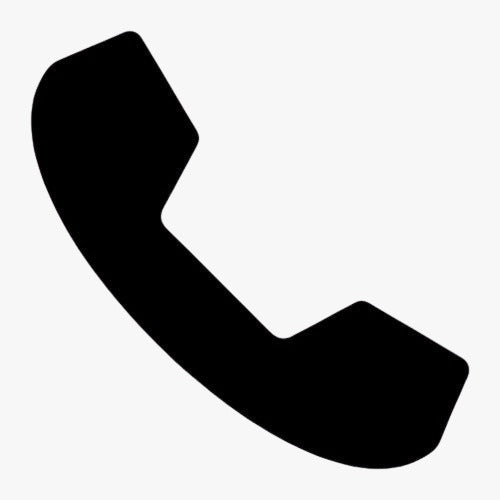An AED, or Automated External Defibrillator, is one of the most powerful tools for saving lives during sudden cardiac arrest. These devices are built to be simple and safe, so even untrained bystanders can take action when seconds count. But like any emergency equipment, knowing how to use an AED properly, and safely is just as important as having one nearby.
In this article, we’ll share essential AED safety tips for public spaces, workplaces, and homes. Whether you already have an AED or are considering installing one, these tips will help you make sure the device is easy to use, properly maintained, and ready for action when it matters most.
Know when to use an AED
Before reaching for the AED, it’s important to confirm that it’s needed. An AED should only be used on someone who is:
-
Unconscious
-
Not breathing normally
-
Not responding to touch or voice
If a person suddenly collapses, check for signs of life, call 911 immediately, begin CPR, and ask someone to bring the nearest AED. Using an AED on someone who still has a pulse can do more harm than good but don’t worry, most modern AEDs won’t allow you to deliver a shock unless one is necessary.
Devices like the Philips HeartStart OnSite AEDand Philips HeartStart FRx AED are designed to walk you through this process with clear voice prompts and built-in safety checks.
Prepare the person before applying pads
Proper pad placement is key to delivering a safe and effective shock. Always ensure the person’s chest is:
-
Completely exposed
-
Free of moisture, sweat, or rain
-
Clear of jewelry, underwire, or body piercings
Use a towel or cloth to dry the skin, and a razor (if included in your AED kit) to remove chest hair if it prevents the pads from sticking. Most AED packages include a prep kit with gloves, scissors, wipes, and a razor for this reason.
Avoid placing pads over medical devices like pacemakers or medication patches. Move them slightly to one side or remove the patch safely if necessary.
Stay clear during analysis and shock
One of the most important AED safety tips is to make sure no one is touching the person during heart rhythm analysis or shock delivery. Most AEDs will say:
“Analyzing. Do not touch the patient.”
“Shock advised. Stay clear.”
Touching the victim can interfere with the reading or result in accidental shock to the rescuer. Always give a clear, loud warning like “Clear!” before the shock is delivered.
Use child settings or pads for young children
If the person is a child under eight years old or weighs less than 55 pounds (25 kg), use pediatric pads or activate the child mode on your AED. For example, the HeartStart FRx AED includes a child key that adjusts the energy level of the shock safely.
If pediatric pads aren’t available, adult pads can still be used in an emergency, just ensure they are placed correctly and do not touch each other.
Don’t wait for the AED to arrive to start CPR
While an AED is vital, chest compressions should begin immediately after calling for help. CPR helps keep oxygen flowing to the brain and heart until a shock can be delivered.
Start CPR right away and continue until the AED is ready. Once the AED is in use, it will tell you when to pause and when to resume compressions. To feel more confident in high-stress situations, consider taking a CPR and AED training course to practice the skills in advance.
Keep your AED visible, accessible, and charged
An AED is only useful if people know where to find it — and it’s in working order. Store it in a clearly labeled, unlocked AED cabinet in a central location. Add signage to help guide people during an emergency.
To keep your device ready:
-
Perform monthly visual inspections
-
Check the battery status indicator
-
Replace pads and batteries before they expire
-
Restock any used or missing items after use
You can easily find replacement AED accessories including pads, batteries, prep kits, and cases.
Add a bleeding control kit for complete emergency readiness
AEDs are often used in high-risk situations like accidents, sports injuries, or workplace incidents. These scenarios can also involve severe bleeding, which needs immediate attention.
Adding a Bleeding Control Kit – Standard or a more comprehensive Bleeding Control Kit – Premium gives you the tools to manage trauma, bleeding, and shock — all while waiting for emergency responders to arrive.
Many customers choose to bundle AEDs and bleeding kits together with our ready-made AED packages.
Understand legal protections
People often hesitate to use an AED because they’re afraid of doing something wrong. Fortunately, Good Samaritan laws protect individuals who use an AED in good faith during an emergency. As long as you act reasonably and try to help, you’re protected from liability.
AEDs like the Philips HeartStart OnSite and FRx are specifically designed to minimize user error and give clear, calming instructions — even under pressure.
Practice and review regularly
Even if your team has been trained, regular review is crucial to staying ready. Schedule periodic drills, review the AED's location and usage steps, and ensure that new staff members know how to respond.
Keeping your team informed and prepared builds confidence and could make the difference between hesitation and heroic action.
Be ready to respond with confidence
By following these simple AED safety tips, you can turn uncertainty into action. AEDs are incredibly effective, but they must be used correctly, stored properly, and maintained consistently.
Shop AEDs now and equip your space with the tools and knowledge needed to respond quickly, confidently, and safely because every second counts.






